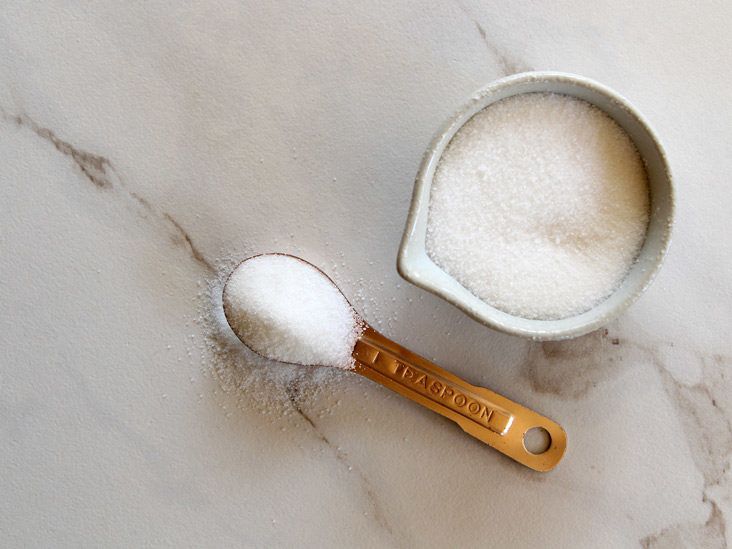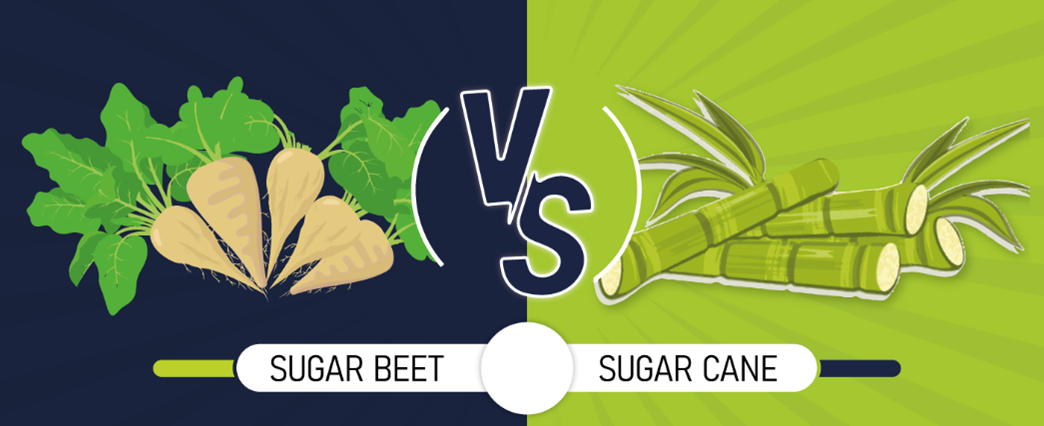Beet Sugar vs Cane Sugar: Which Is More Cost-Effective for Your Household?
Beet Sugar vs. Cane Sugar: Key Distinctions You Should Know
The distinction between beet sugar and cane sugar extends beyond their similar chemical compositions; it encompasses their beginnings, production techniques, and possible health and wellness implications. While both kinds of sugar offer as usual sugar, their different histories-- beet sugar arising in 19th century Europe and cane sugar mapping back to old Southeast Asia-- established the phase for a deeper exploration of their manufacturing processes and dietary profiles.
Origins of Beet Sugar
Although beet sugar has actually ended up being a substantial player in the international sugar market, its beginnings can be traced back to the early 19th century when European scientists began discovering different resources of sugar. The zero hour took place in 1801 when German drug store Andreas Marggraf determined sugar in the white beet, a discovery that prepared for subsequent research study and business applications.
The procedure of refining beet sugar was additional advanced by his trainee, Franz Karl Achard, that established the very first beet sugar factory in Prussia in 1806. This advancement synchronized with the Napoleonic Battles, throughout which trade disturbances brought about an enhanced need for domestic sugar production in Europe. beet sugar vs cane sugar. Consequently, beet sugar got grip, especially in countries like France and Germany

Beginnings of Cane Sugar
Cane sugar, obtained from the sugarcane plant, has an abundant history that dates back countless years, mostly in exotic areas where the plant prospers. The earliest proof of sugarcane growing can be mapped to New Guinea and Southeast Asia around 8,000 BCE. From these beginnings, expertise of sugarcane infect India, where it was initial refined into taken shape sugar by the 5th century CE.
As trade routes created, sugarcane reached Persia, the Mediterranean, and at some point Europe, where it was at first considered as a deluxe thing. The growth of sugar production took place throughout the Islamic Golden Era, which facilitated the transfer of farming techniques and innovations. By the 15th century, the demand for sugar surged, triggering European nations to establish vineyards in the Caribbean and South America.
This shift not just transformed the farming landscape of these areas but likewise had considerable socio-economic ramifications, including the dependence on shackled labor. Cane sugar, once an uncommon asset, became a staple in diet regimens worldwide, laying the foundation for the worldwide sugar industry we identify today. Comprehending its origins is critical for valuing cane sugar's influence on cooking traditions and economies.
Manufacturing Processes
The production for both beet sugar and cane sugar include several vital steps that change raw materials into the crystalline sugar generally utilized today. For beet sugar, the procedure starts with gathering sugar beetss, which are after that cleaned and cut into thin cossettes. These cossettes are subjected to warm water removal, permitting the sugar to liquify.
On the other hand, cane sugar manufacturing begins with the i thought about this harvesting of sugarcane, which is squashed to extract the juice. This juice is additionally cleansed making use of lime and warmth. Following purification, the juice is evaporated to form a syrup, which is after that crystallized. The sugar crystals are centrifuged to separate them from the continuing to be syrup, recognized as molasses, and subsequently dried out. While both share similarities, the source material and certain methods cause distinct characteristics for beet and cane sugars, affecting the choices of consumers and producers alike.
Nutritional Comparison
When comparing the dietary profiles of beet sugar and cane sugar, it is necessary to acknowledge that both sweeteners are primarily made up of sucrose, bring about similar energy web content and calorie worths (beet sugar vs cane sugar). Both kinds of sugar commonly consist of about 4 calories per gram, making them equal in regards to energy provision
In addition to sucrose, both beet and cane sugars consist of trace amounts of minerals and vitamins; nonetheless, these amounts are negligible and do not significantly add to day-to-day dietary requirements. Both may have minute degrees of calcium, potassium, and magnesium, but these are not existing in adequate quantities to provide any kind of substantial health advantages.
Furthermore, the lack of fiber in both types of sugar underscores their role as pure sugar instead of sources of nourishment. beet sugar vs cane sugar. While they might provide a fast resource of power, their lack of essential nutrients stresses the importance of moderation in consumption
Inevitably, from a purely nutritional point ofview, beet sugar and cane sugar are basically identical, making the option between both greatly depending on aspects such as taste preference, accessibility, and ecological factors to consider.
Health And Wellness Ramifications
While beet sugar and cane sugar share similar nutritional profiles, their wellness implications necessitate factor to consider past mere composition. Both sugars are largely composed of sucrose, which can bring about similar metabolic results; too much usage can contribute to obesity, diabetes, and cardiovascular illness. The source and manufacturing processes of these sugars might affect their overall health influence.
Beet sugar is commonly produced utilizing debatable chemicals, such as phosphoric acid, which might leave trace deposits. On the other hand, cane sugar goes through a more conventional refining process, which has a tendency to be much less chemical-intensive. The presence of these deposits in beet sugar could elevate problems for delicate populaces or those seeking to minimize chemical direct exposure.

In addition, the cultivation methods of sugar beetss and sugar cane like it might differ, with the previous look at more info commonly including more intensive agricultural practices that can impact soil health and biodiversity. This farming context may influence the broader wellness effects of sugar intake on a populace degree.
Eventually, while both beet and cane sugars serve comparable duties in the diet plan, customers need to think about the nuances of manufacturing and sourcing when making educated choices regarding their sugar intake.
Conclusion

While both kinds of sugar serve as common sugar, their divergent backgrounds-- beet sugar emerging in 19th century Europe and cane sugar mapping back to ancient Southeast Asia-- set the stage for a much deeper exploration of their production processes and nutritional accounts.The process of refining beet sugar was additional advanced by his student, Franz Karl Achard, who established the very first beet sugar manufacturing facility in Prussia in 1806.The production for both beet sugar and cane sugar entail several important steps that transform raw materials into the crystalline sweeteners typically used today. For beet sugar, the procedure starts with collecting sugar beetss, which are after that cleaned and sliced into slim cossettes. The extraction processes additionally identify the 2, with beet sugar utilizing warm water extraction and cane sugar entailing crushing.